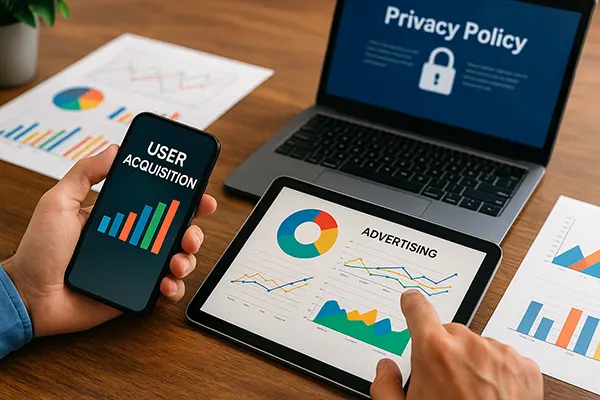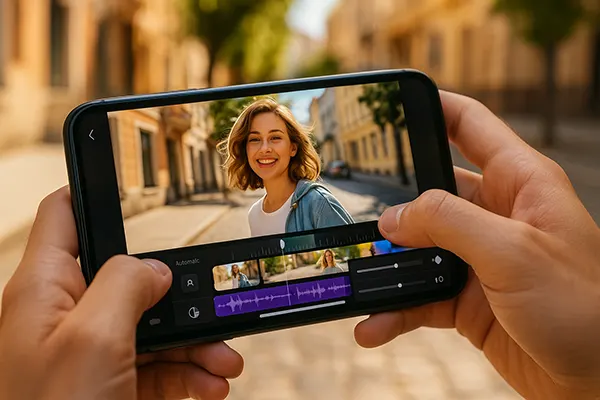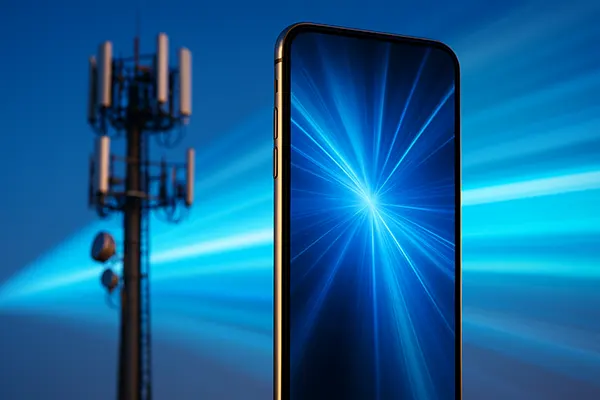How to Prepare Your Smartphone for Travel: Best Apps and Practical Tips
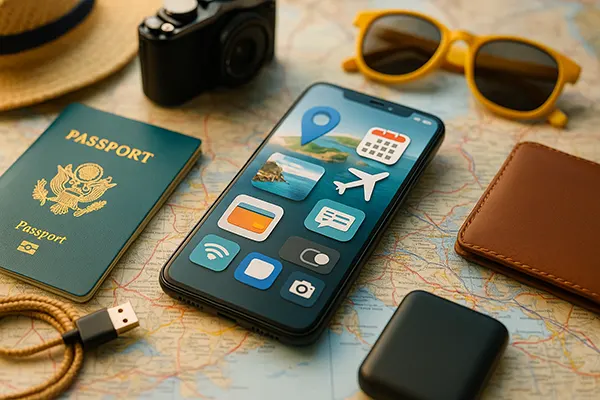
Travelling with a smartphone can transform your entire experience if it’s set up correctly. From navigation to safety and money management, the right preparation ensures smooth communication and access to essential services abroad. This guide offers practical and updated recommendations for February 2025 to optimise your smartphone before and during your journey.
Essential Pre-Travel Settings and Preparations
Before you leave, it’s vital to secure and configure your smartphone settings to avoid unexpected problems abroad. First, ensure your phone is unlocked if you plan to use a local SIM card. You can request this from your mobile provider if it’s not already unlocked. Check roaming charges and consider purchasing an international roaming plan or a travel SIM with affordable data packages.
Secondly, activate important features such as “Find My iPhone” or “Find My Device” to protect your phone in case it gets lost or stolen. Back up all important data to the cloud or an external device. Also, update your operating system and apps to their latest versions to avoid bugs or incompatibilities.
Finally, disable automatic app updates and data-heavy background tasks while roaming to preserve your data allowance. Download offline maps and language packs in advance to stay connected and informed even without internet access.
Security Tools for Travelling Abroad
Protecting your data while travelling is essential. Install a trusted VPN like NordVPN or ExpressVPN to ensure secure internet access on public Wi-Fi networks. Set strong passcodes, enable biometric authentication, and avoid saving passwords in unsecured apps. Consider using a password manager like Bitwarden or 1Password to keep your credentials safe.
Enable two-factor authentication on your most important accounts (email, banking, social media) to reduce the risk of unauthorised access. If your phone supports it, use eSIM profiles to switch networks without needing a physical SIM card — ideal for frequent travellers.
Always carry a portable charger or power bank and a universal adapter, especially if you’re travelling to countries with different plug standards. This ensures your device stays functional in emergencies or long transport situations.
Top Travel Apps for Navigation, Booking and Exploration
Modern travellers rely heavily on apps to organise and optimise their trips. Google Maps remains one of the most valuable tools for real-time navigation, public transport schedules, and offline access to maps. For walking tours or urban exploration, Maps.me offers highly detailed maps without an internet connection.
Accommodation and booking apps like Booking.com, Airbnb, and Hostelworld help you find last-minute stays with user reviews and flexible cancellation policies. For flights, Skyscanner and Hopper offer price alerts and insights on the best times to buy tickets.
Translation apps such as Google Translate and iTranslate are indispensable for communicating in foreign languages. Download language packs beforehand to use them offline. For local guides and attractions, TripAdvisor and Culture Trip provide recommendations tailored to your location and interests.
Offline Solutions to Stay Connected
Having access to critical information without internet access is a lifesaver. Use apps like Pocket or Instapaper to save travel guides, timetables, and articles for offline reading. Download digital copies of important documents, such as your passport, travel insurance, and tickets, to a secure folder or document app like Evernote or Google Drive.
Prepare a folder with emergency contact numbers, embassy locations, and key local services in case of connectivity issues. Keep a paper backup of these essentials in your luggage, just in case.
Music, books, and entertainment are just as important. Spotify and Netflix allow offline content downloads, ensuring your long journeys are enjoyable and distraction-free without draining mobile data.
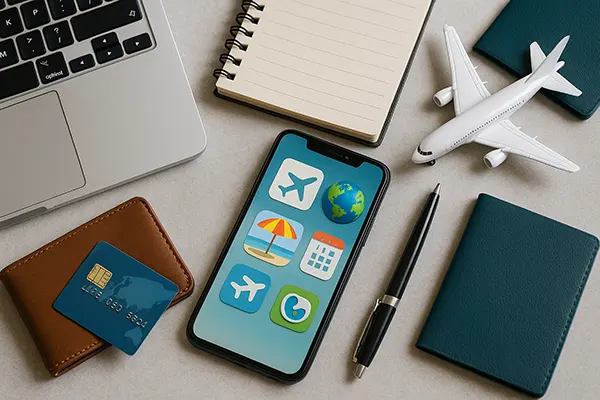
Money and Communication While Abroad
Managing your finances and staying in touch with family and friends can be effortless with the right tools. Install mobile banking apps that support multi-currency accounts and global card control, such as Revolut, Wise, or N26. These apps typically offer excellent exchange rates and fraud monitoring tools.
Use mobile wallets like Google Pay or Apple Pay where accepted, but always carry a backup payment method. Ensure you inform your bank about your travel dates to prevent unwanted card blocks due to suspicious activity.
For communication, messaging apps like WhatsApp, Telegram, or Signal allow you to stay in touch using Wi-Fi or mobile data. Local SIM cards or eSIMs with data bundles are often more cost-effective than relying on roaming services for calls and texts.
Useful Backup and Support Systems
If you lose internet access, it’s helpful to have offline messaging apps such as Bridgefy that use Bluetooth to send messages between devices. For translation emergencies, keep a phrasebook or local language cheat sheet saved on your phone.
Check if your phone supports dual-SIM or eSIM functionality — this lets you keep your home number active while using a local data SIM. It’s ideal for receiving verification codes or staying reachable on your usual number.
Lastly, don’t forget to install your airline’s app, which will notify you of flight changes and gate updates. It also offers quick access to mobile boarding passes, baggage tracking, and lounge availability.

